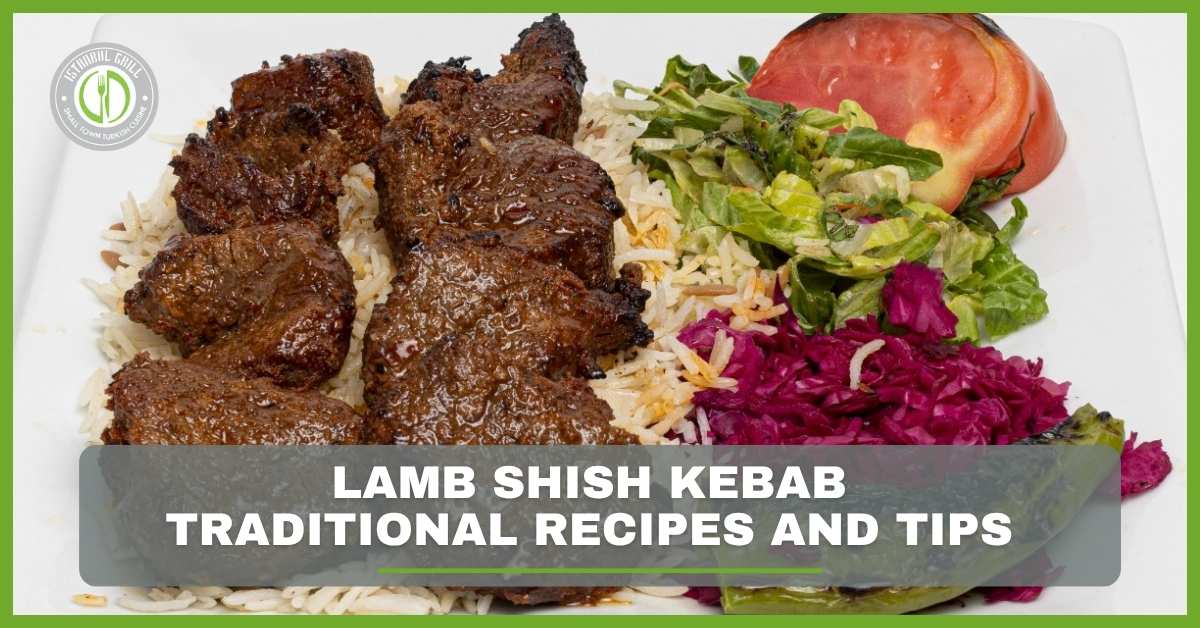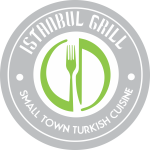The Ottoman Empire was known for more than just its vast territories and long history; it was also known for its incredible culinary heritage. Ottoman Empire legacy The empire’s influence covered three continents and combined many cuisines and cultures over more than 600 years. This blend delivered a rich and various culinary practice that keeps on influencing present-day Turkish food. In this article, we will go through the history and culinary Ottoman Empire Legacy.
A Historical Overview of Ottoman Cuisine
Numerous factors, including geography, trade, and the numerous cultural groups that resided there, shaped the cuisine of the Ottoman Empire. Likewise, the empire encompassed diverse horticultural practices and environments, from the Balkans to the Middle East, which contributed to an abundance of ingredients and cooking methods.
The Role of the Palace Kitchen
The heart of Ottoman cuisine was the “Matbah-Amire”, or palace kitchen. For the sultans and their courts, the “şehremini” chefs, experts at what they did, prepared elaborate meals. Furthermore, by combining ingredients and techniques from various regions, these chefs created the flavor fusion that would become Ottoman cuisine.
Influences on Ottoman Cuisine
Ottoman cuisine was heavily influenced by various cultures and regions. Here are some key influences:
Central Asian Influences
The Seljuks, the Ottomans’ ancestors, brought Central Asian cooking practices with them. Dairy products, meats, and a variety of breads were all part of this. Turkish dumplings, such as “Mant,” are derived from Central Asian cuisine.
Middle Eastern Influences
The Arab world left the Ottomans a rich culinary legacy, particularly in terms of the use of spices and herbs. During the Ottoman era, dishes like “Kebabs” and “Baklava” became more refined and popular.
Mediterranean Influences
Various vegetables, olive oil, and seafood were introduced into Ottoman cuisine as a result of the empire’s control over the Mediterranean. However, this impact is apparent in dishes like “Imam Bayıldı” (stuffed eggplant) and “Dolma” (stuffed vegetables).
Key Ingredients in Ottoman Cuisine
The Ottoman Realm’s culinary heritage is described by the utilization of explicit fixings that remain staples in Turkish cooking today. In addition, here are a few key fixings of the Ottoman Empire’s legacy.
Spices and Herbs
Flavors and spices played a vital part in Ottoman cooking. Cinnamon, cumin, coriander, and saffron were among the most frequently used spices. New spices like parsley, dill, and mint were additionally fundamental.
Grains and Legumes
The Ottoman diet consisted primarily of bulgur, wheat, and rice. Breads and pilafs were two of the many dishes made with these grains. Protein from legumes like chickpeas and lentils was also important.
Fruits and Nuts
In both savory and sweet dishes, dried fruits like apricots, figs, and dates were commonly used. Numerous recipes benefitted from the texture and flavor of nuts, particularly walnuts, pistachios, and almonds.
Popular Ottoman Dishes
A wide range of dishes that are still popular today are part of the Ottoman Empire’s culinary legacy. Some common examples include:
Kebabs
Kebabs were a staple of Ottoman cuisine, and there are numerous variations. The Ottoman culinary legacy includes a wide variety of dishes that are still in use today. Most people like “Shish Kebab,” which is skewered meat, and “Adana Kebab,” which is spicy minced meat.
Meze
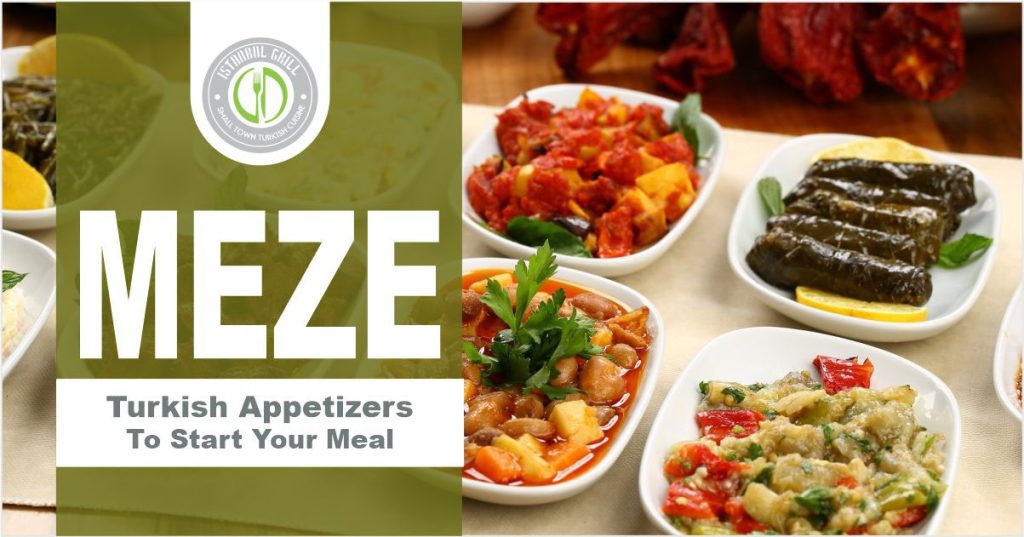
The term “meze” refers to a variety of appetizer dishes. Well-known meze dishes incorporate “Hummus,” “Baba Ganoush,” and “Dolma.” Fresh vegetables, legumes, and spices are used in these dishes.
Baklava
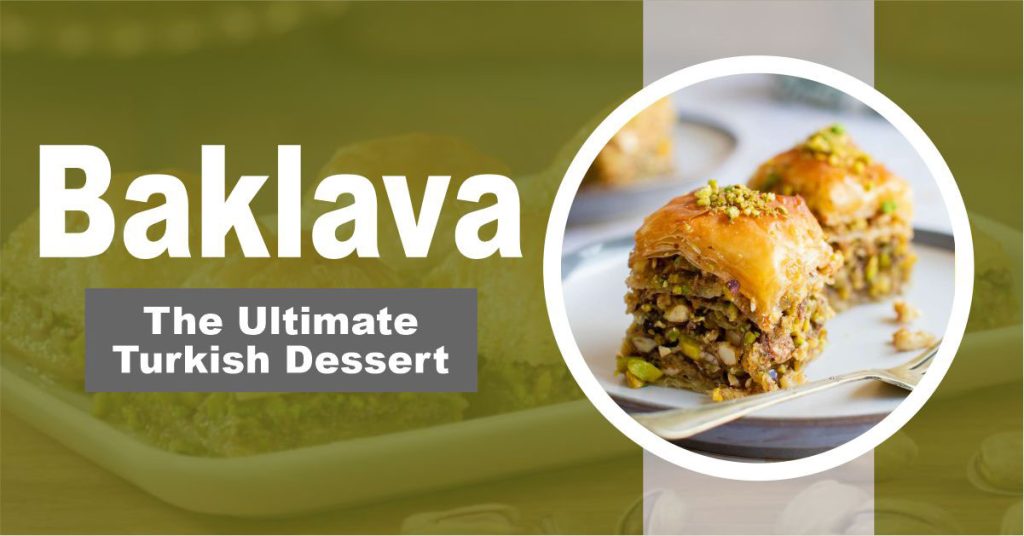
Baklava is a quintessential Ottoman treat made of layers of filo cake loaded up with nuts and improved with honey or syrup Ottoman Empire legacy. In Turkish cuisine, this decadent sweet treat is still a favorite.
Pilaf
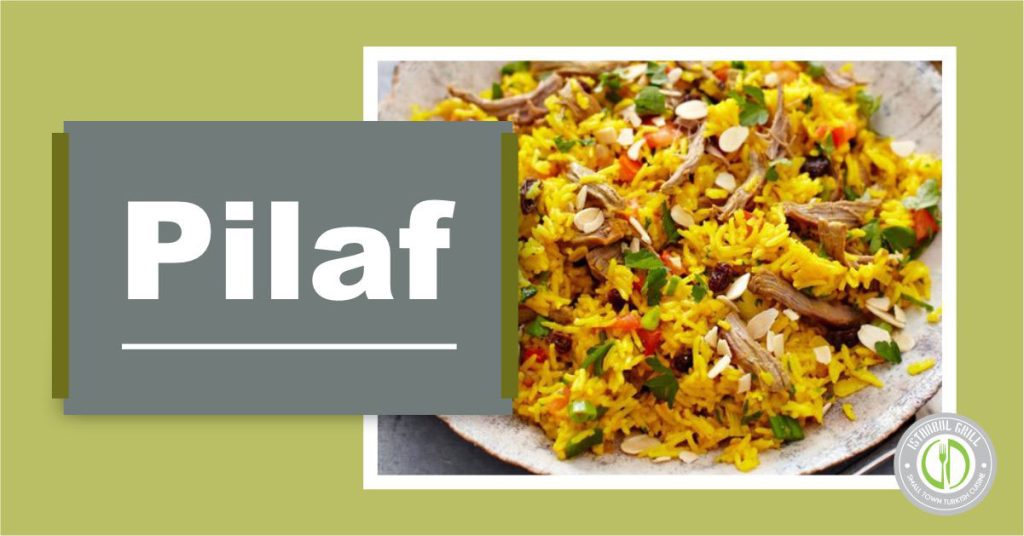
Pilaf is a rice dish cooked with stock, spices, and frequently meat or vegetables. Turkish pilaf, or “pilav,” is a dish that can be served as a side dish or a main course.
The Culinary Legacy Today
Turkish cuisine today continues to be influenced by the Ottoman Empire’s culinary legacy. Many old recipes have survived and are still enjoyed by people all over the world. Turkish restaurants frequently serve dishes that were inspired by the Ottoman Empire, allowing customers to taste the diverse flavors and fascinating history of this remarkable culinary tradition.
The Rise of Turkish Food Globally
Turkish cuisine has gained international popularity in recent years. It is a favorite among foodies due to its bold flavors, fresh ingredients, and healthy cooking methods. Turkish restaurants around the world celebrate the Ottoman Empire’s culinary legacy, bringing the rich history and flavors of this ancient empire to a modern audience of the Ottoman Empire’s legacy.
Cooking Ottoman Dishes at Home
Numerous recipes that give a taste of Ottoman cuisine are available for those who want to recreate the experience at home. Moreover, home cooks can recreate the flavors of the Ottoman Empire in their kitchens, from simple meze dishes to elaborate kebabs.
Conclusion
The Ottoman Empire’s culinary legacy is an intriguing journey through history and flavors. Ottoman cuisine has had a lasting influence on Turkish cuisine, from the lavish kitchens of palaces to the many regional influences. The Ottoman Empire’s diverse and rich culinary traditions are still celebrated and enjoyed worldwide today. The flavors of the Ottoman Empire offer a delectable and historical culinary experience whether you dine out at a Turkish restaurant or prepare your meals at home. Finally, the Ottoman Empire’s long-lasting influence on contemporary Turkish cuisine is highlighted in this article, which provides a glimpse into the empire’s extensive and varied culinary legacy. The utilization of verifiable references, famous dishes, and key fixings portrays this surprising culinary custom.





